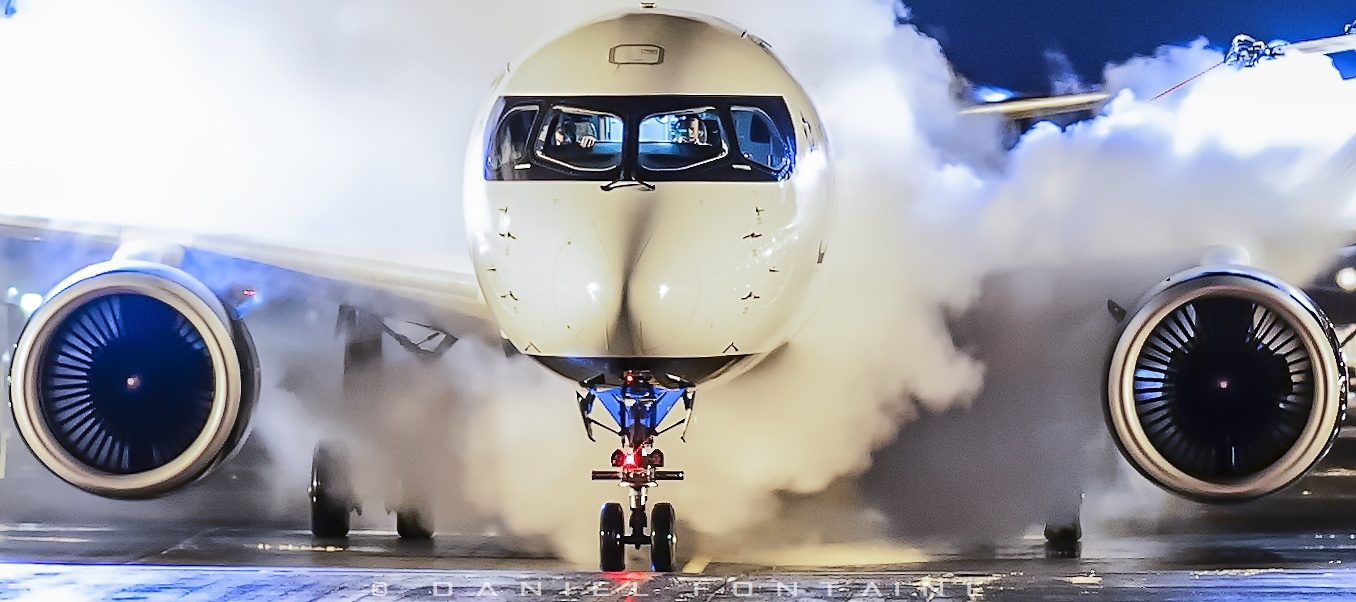Three months into the MAXGATE and it’s not over yet
It was on March 10 that the ETH 302 flight crashed, resulting in the death of the 149 passengers and 8 crew members on board, bringing the number of deaths on a B737MAX to 346. Our thoughts go to victims and their families whose grief has certainly turned into anger after reading all that has been written and said about the MAX and Boeing over the last three months.
Last March, several stakeholders in the world of aviation and aeronautics felt that the problem of the MAX would be resolved quickly, and that the aircraft would be back in service after three months at most. But as time passed, the more we learned about the MAX and the more it became clear that the MAX ban would extend for at least a good part of the summer.
The month of June is now well under way and Boeing has not yet submitted to the FAA the necessary modifications for the MCAS in order to lift the MAX’s flight ban; the end of 2019 should now be considered as a likely deadline. Even Boeing is starting to have a more cautious speech about the MAX’s return in flight as its leaders say it will be before the end of the year rather than soon or in a few weeks as was the case in May.
When the MAX ban is lifted, nearly 600 aircrafts will have to be put back into service, some of which will have been in storage for almost six months. This is unheard of in the history of modern aviation! From time to time, planes that have been in storage for several months or years are getting back to work, but this is done one aircraft at a time, and they are old models with very little computer and software technology.
The B737MAX is equipped with computers that are connected to a multitude of sensors to check the status of several systems; at the time of restarting all systems, sensors that are not designed to be inactive for months could send error messages to the computer. The risk here is that several sensors send signals that were not expected or that an accumulation of too many messages crash the computer system. Over the past decade, software problems have caused manufacturers many headaches when developing new types of aircraft; it should not be surprising that this is the case with the MAX return to service.
Most of those with experience in aircraft maintenance agree that it is normal to encounter more snags in the first flights following the return to service of an aircraft that has been stored for a long time. It is therefore to be expected that the first flights of the B737MAX will be marked by a higher number of snags than the average that will cause delays or diversions. The problem for Boeing is that millions of people will be following the evolution live of the first flights of MAX via the various flight tracking systems available on the net. Daily newspaper and news channels will make headlines with those snags that in other circumstances, would be banalities.
It will be at this moment that the future of the MAX will be played out; Boeing would be wise to hire a good crisis management company right now. One thing is sure though : no matter how this crisis is resolved, the MAXGATE will make history.
>>> Follow us on Facebook and Twitter

